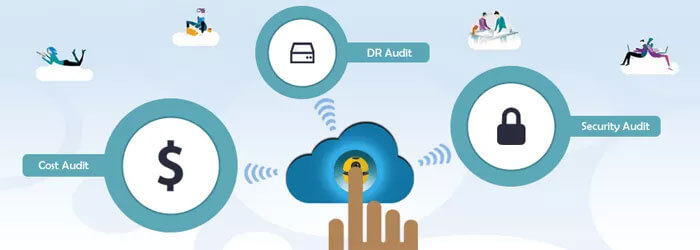Salesforce web services best practices, data integration best practices, Salesforce security best practices, Salesforce best practices for web services, Salesforce best practices for data integration, Salesforce best practices for security,best practices of Salesforce web services
General Salesforce Best Practices
Configuring applications and developing codes is a common practice in Salesforce projects. When you need to ensure performance, maintainability and platform limits, you need to be following the best practices. We’re going to make you familiar with some of the general.
1. Salesforce web services best practices:
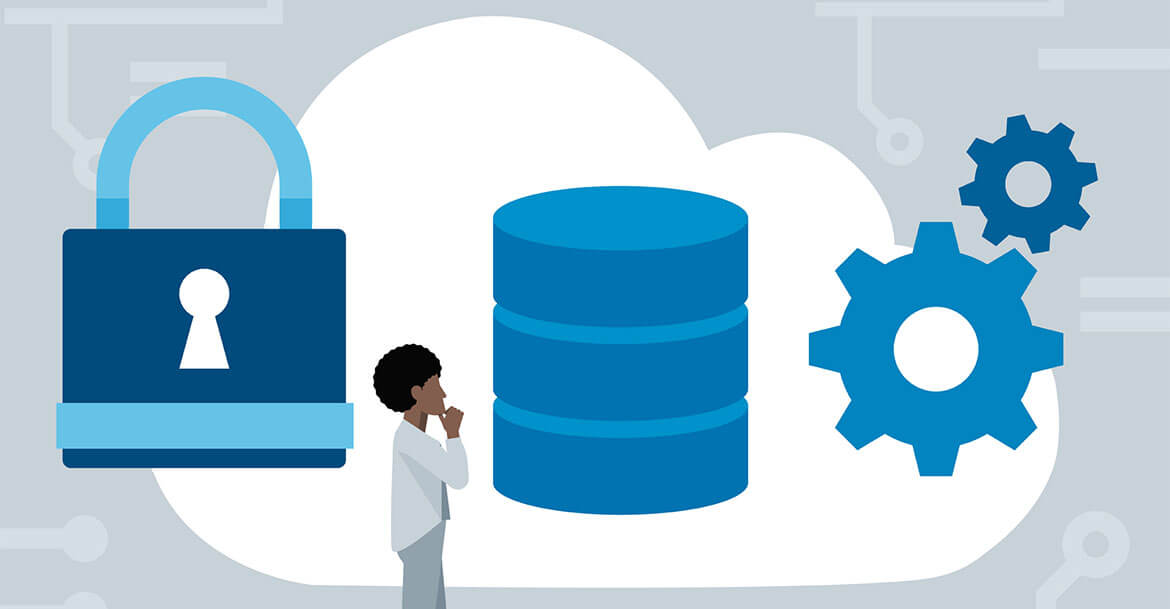
- The standard functionality needs adopting. If you’re looking for the most easy technology that don’t require development skills (such as Formula, Workflow, Validation rule…) it is Salesforce.
- You might want to consider adapting when any of the standard components doesn’t meet the business needs.
- Challenging the business team to adopt the Salesforce behavior is a better idea than developing the old CRM system as identical. This will avoid old problems from reoccurring.
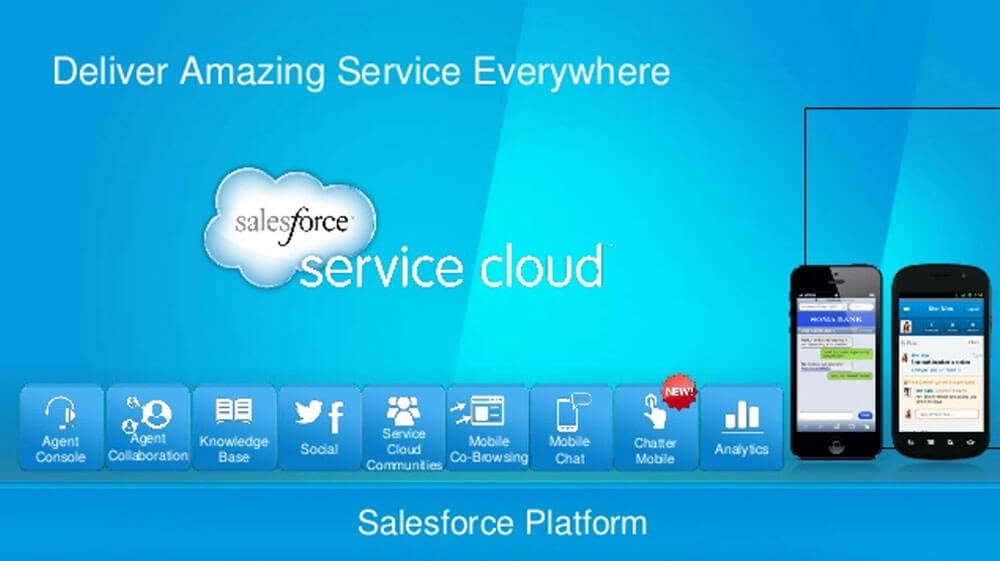
- You must try to reuse the existing technology in case of any issues. Do not straightaway proceed to purchase. A repair or fix could save you millions. Also, before adopting something new, you should test it.
- What you need is a full custom solution to follow one of the Salesforce web services best practices. You can get help from having a look on AppExchange.
- Keeping it simple is going to help in the long run. The more complex the code the more expensive it is.
- The features you get designed should have utilization. It is advisable not to design features that were not asked.
2. Data Integration Best Practices
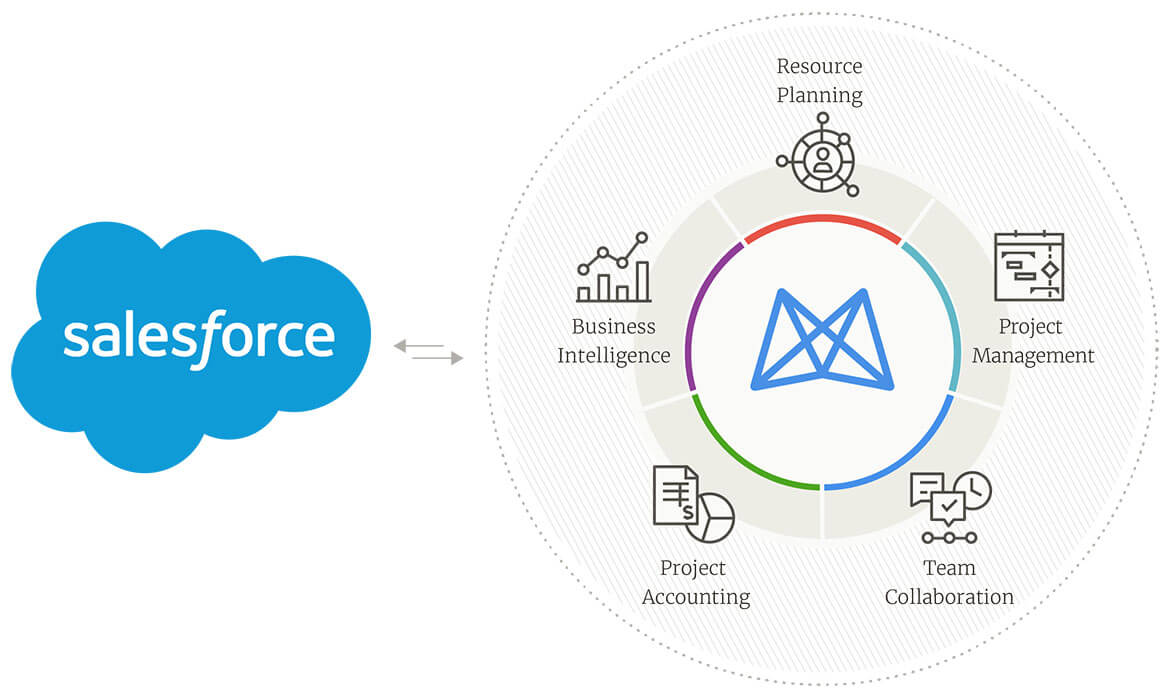
What is data integration?
Data integration is a required process when merging two companies or applications for a unified view of the company assets in terms of data. An enterprise’s data warehouse is build for implementation of the data that is integrated.
Best Practices of Data Integration
- Getting your data in order is one of the data integration best practice. A properly arranged data saves time, makes the job easier, increases accuracy and productivity.
- Your business is handling multiple operations at the same time, and you must chain these operations. You can chain multiple steps in a systematic manner so that you get the right data from different sources and manage the operations effectively.
- Handle every query with data from multiple sources. This will get the right data transformation done, and also save your valuable time. You may extract some data from your contracts and some from the accounts section for the same query to make an informed decision when required.
- Customize the error handling process. At Dreamstel, we maintain excellent record keeping. Either you or we can manually check the data for errors and create an alert system for automatic email messaging for critical situations.
- The data transformations should be conditional. Instant generators should have an option for conditional mapping.
- The WSDL(Web Service Definition Language) from Salesforce should be in the list of things your business operates with. SOAP (Simple Object Access Protocol) API is a protocol, REST (Representational Sate Transfer) is an architectural style, and both of these should be supported for the integration.
- You need to configure a response as well when you’re using an API request, and these requests need responses. You should process with the project after the request and response are configured.
- Your APIs should be able to access information and this task should be performed securely. You can use all the security options when working with us on your project.
3. Salesforce security best practices:
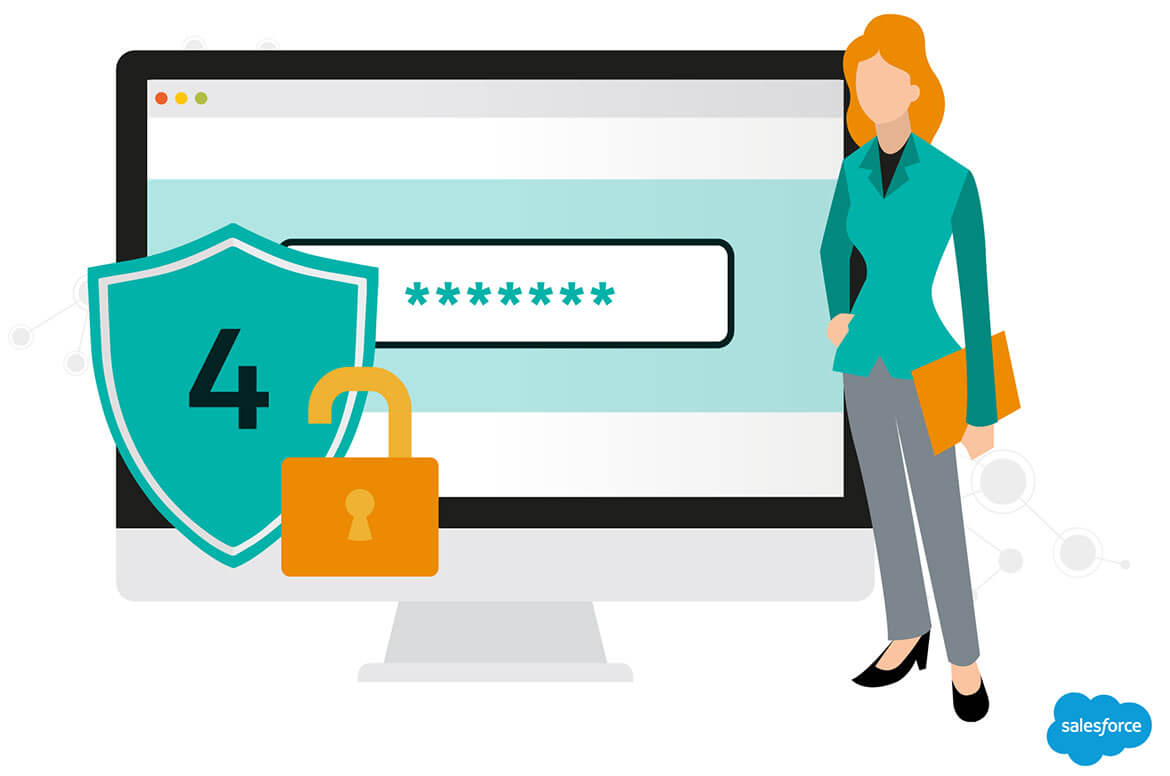
What is Salesforce Security Token?
Salesforce security token is an alphanumeric key used to access Salesforce via API. It is case-sensitive and it focuses on improving the security between Salesforce users and Salesforce.com in case the account is compromised.
What is Salesforce Security Model?
Salesforce provides a data security model in order to secure data at different levels. It satisfies the requirement of a comprehensive and flexible security system for businesses. There are sharing tools provided by Salesforce to allow secure access to data based on business needs.
Best practices of Salesforce security:
- You can minimize the risk of unauthorized access in case there is a situation of a data compromise situation. You can turn the IP restriction option on for user login accounts for this. You can also turn on the multi-factor authentication option for all of your users.
- The organization-wide sharing rules should be made as restrictive as possible and also allow normal business function. The rules should allow the use of role hierarchies, permission sets, sharing rules, and others so that access is extended.
- The password should be secure and should require uppercase letters, lowercase letters, symbols, numbers and a minimum of 8 characters. This is one of the standard Salesforce security best practices in most of the reputable companies today.
- The login attempts should be limited. A minimum of 3 and a maximum of 5 times would be advisable for maximum security of user accounts.
- The password reset option should have obscured secret answers, and in case of session time-out a force re-login is advisable.
- The time frame for session timeout should be as low as possible. The users should not be annoyed by of your efforts to maintain security.
- The login page should have the caching option disabled, and the same goes for the autocomplete option. You might also wish to make sure of a forced password reset every 60 to 90 days.
Looking Ahead in Best Practices and Considerations
Though Salesforce provides the necessary tools, framework and guidelines for implementation of Lightning Experience, we always recommend following these best practices for a smooth and successful transition:
- Know your users and their needs. You can group and prioritize your users by their roles, goals and motivations.
- Invest time in understanding the apps. Focus on enhancing the productivity of the app by identifying the areas, pages and clicks that can be automated and made better.
- Keep things simple. Display the fields that are absolutely necessary to support the needs of a given persona.
- Prioritize UI and UX with the Lightning’s features. Give your users an excellent experience.
- Make sure you organize the components according to the needs of your business. These components should be reusable across other apps with similar functionality.
- Develop components that are compatible with Locker Service to protect valuable data and other resources.
- Engage in an early and ongoing communication with end users. This is essential for smooth adoption.
The experience you users expect from you have a tendency to evolve according to the new enhancements in technology. Solutions mature and their impact on your enterprise data integration is more or less depending on the situation. This is the right time to include optimization of customer and user experiences in your strategies for streamlining processes. Aim for driving profitable growth and transforming operations by following these practices.
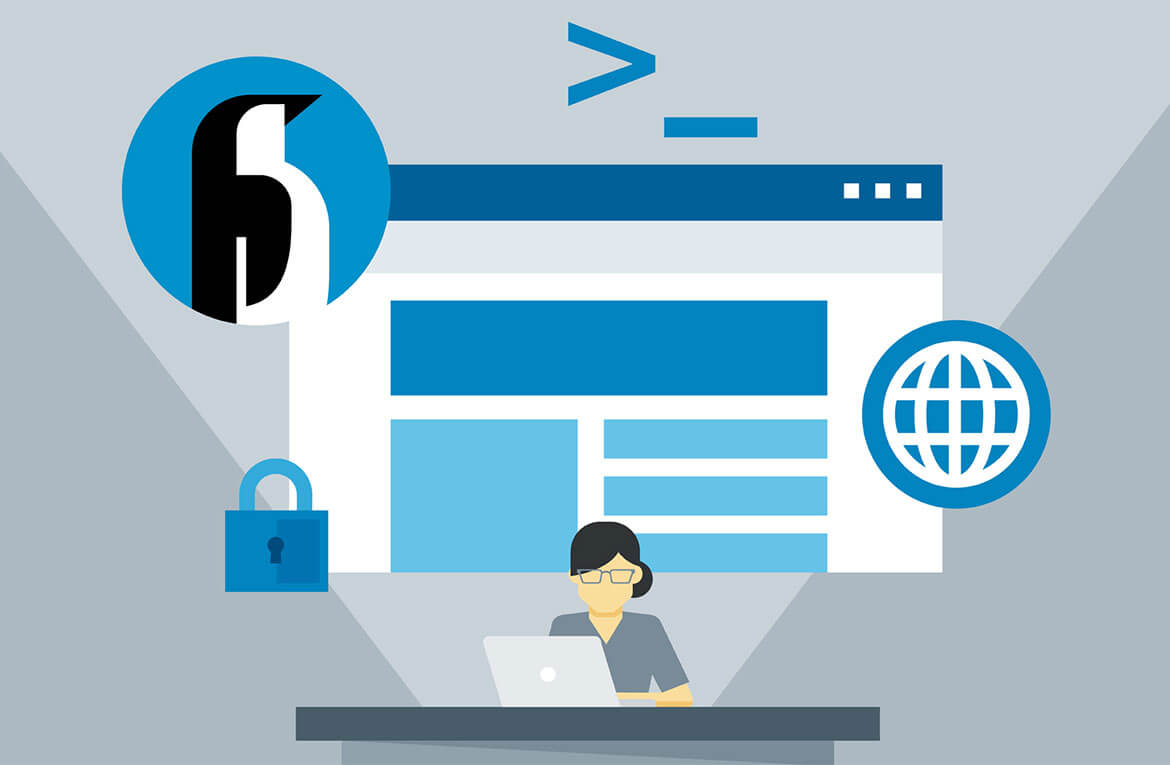
Learn more about the best practices of Salesforce web services, integration, security and more. Opt for our Salesforce consulting services and see the difference that our experts can bring to your business in just a few hours. Call Us Now!
 +1-302-213-1128
+1-302-213-1128
 +61 284 880 972
+61 284 880 972
 +91-120-4399820
+91-120-4399820
 +1-302-213-1128
+1-302-213-1128
 +61 284 880 972
+61 284 880 972
 +91-120-4399820
+91-120-4399820
